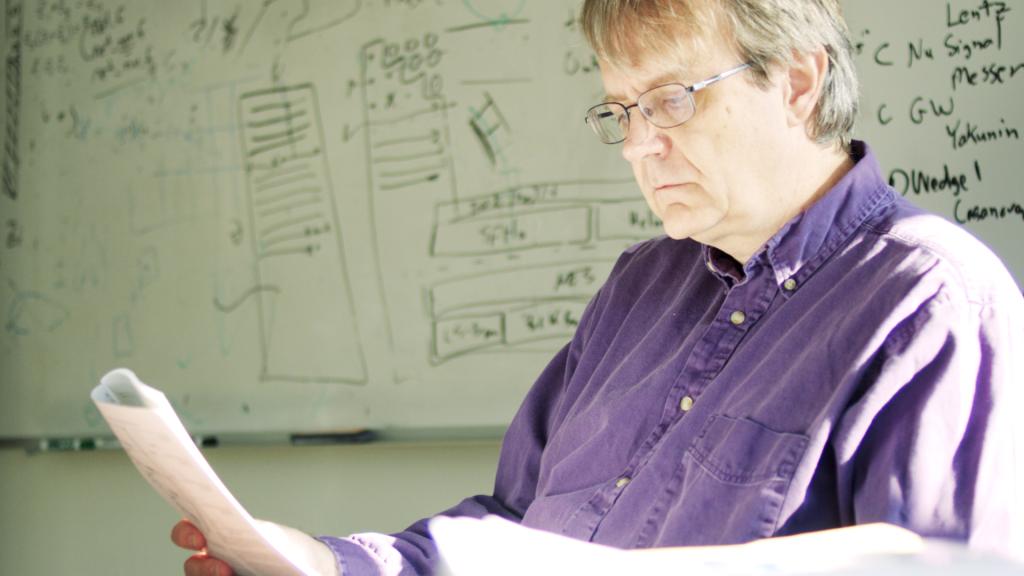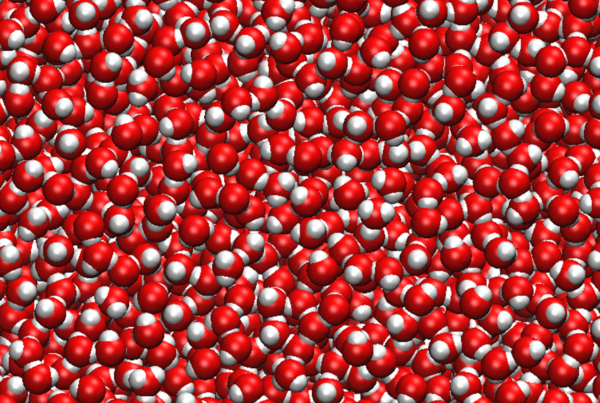Written by: Sean M. Simoneau, [email protected], 865.241.0709
More than 1800 years ago, Chinese astronomers puzzled over the sudden appearance of a bright “guest star” in the sky, unaware that they were witnessing the cosmic forge of a supernova, an event repeated countless times scattered across the universe.
Today, with more than a millennium of observations and a significantly more powerful toolkit, Earth-bound researchers use some of the most advanced computers in the world to piece together the internal mechanisms of these celestial phenomena and the role they play in the creation of the elements.
“The fundamental problem with astrophysics, compared to other fields of physics, is we don’t get to design our experiments,” said Raph Hix, a computational astrophysicist at the Department of Energy’s Oak Ridge National Laboratory. “Mother Nature periodically conducts an experiment in our view, and we race to collect whatever information we can.”
Hix and other ORNL astrophysicists construct models using state-of-the-art supercomputers to simulate the collapse and explosion of massive stars more than ten times the mass of our sun and understand how supernovae create new chemical elements through a process known as nucleosynthesis.
“The job of modeling, especially in astrophysics, is to build a model that matches the observations, then we get to do a deep dive inside and look at the details of the event that are impossible to see because the explosion is happening a megaparsec away and we’re stuck in one location,” Hix said.
+ Read the full feature: https://www.ornl.gov/news/raph-hix-modeling-origin-story-elements






